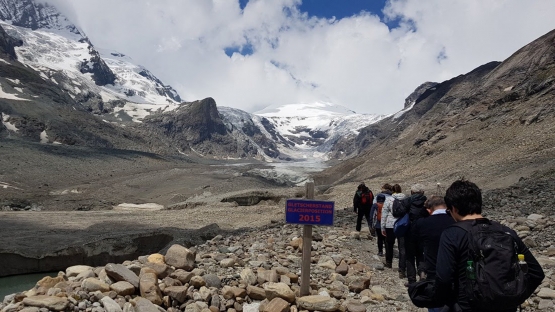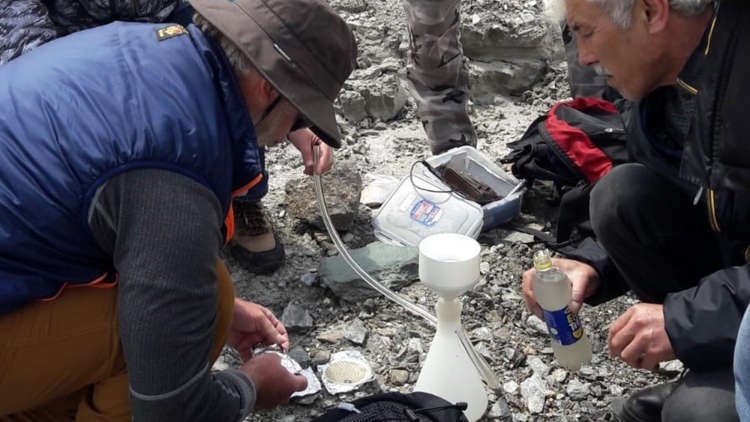Twelve international students have honed their skills in sampling and data interpretation at a two-week training course, part of an interregional IAEA technical cooperation (TC) project[1], performed in close cooperation with the Food and Agriculture Organization of the United Nations (FAO), to assess the impacts of climate change on land-water-ecosystem interactions.
The project focuses on polar and mountainous regions where the impacts of climate change are known to be more pronounced and to occur more rapidly, and specifically on the use of isotopic and nuclear techniques. The goal is to help Member States to better and sustainably conserve and manage their natural resources.
The training course, held from 25 June to 8 July 2018, was hosted by the University of Vienna’s Department of Microbiology and Ecosystem Science, the Department of Geography and Regional Science at Graz University and the Joint FAO/IAEA Division of Nuclear Techniques in Food and Agriculture. The course aimed to provide the 12 participants with a range of tools for sampling and interpreting data to enable subsequent assessment of the impacts of climate change on soil organic carbon, sediment redistribution and glacier dynamics in mountainous and polar environments.
At the FAO/IAEA’s Soil and Water Management & Crop Nutrition Laboratory in Seibersdorf, Austria, participants attended lectures and participated in exercises on the development of research questions and protocols, and on data interpretation for assessing climate change impacts on high-mountain land-water-ecosystem interactions. Breakout groups focused in greater detail on assessing the impact of climate change on soil organic carbon fluxes, sediment reallocation and cryosphere dynamics.
The participants undertook a four-day field excursion to Rauris, the project’s benchmark site in the Austrian Alps, as part of the course. Here they received hands-on training in sampling and measurement protocols to evaluate the impacts of climate change on land-water-ecosystem quality in mountainous and polar regions.
Participants now have the capacity to establish long term monitoring for analysing climate change impact, consistent with methods used in other benchmark sites around the world, as well as having the ability to interpret the resulting data in a meaningful way for policy makers.








